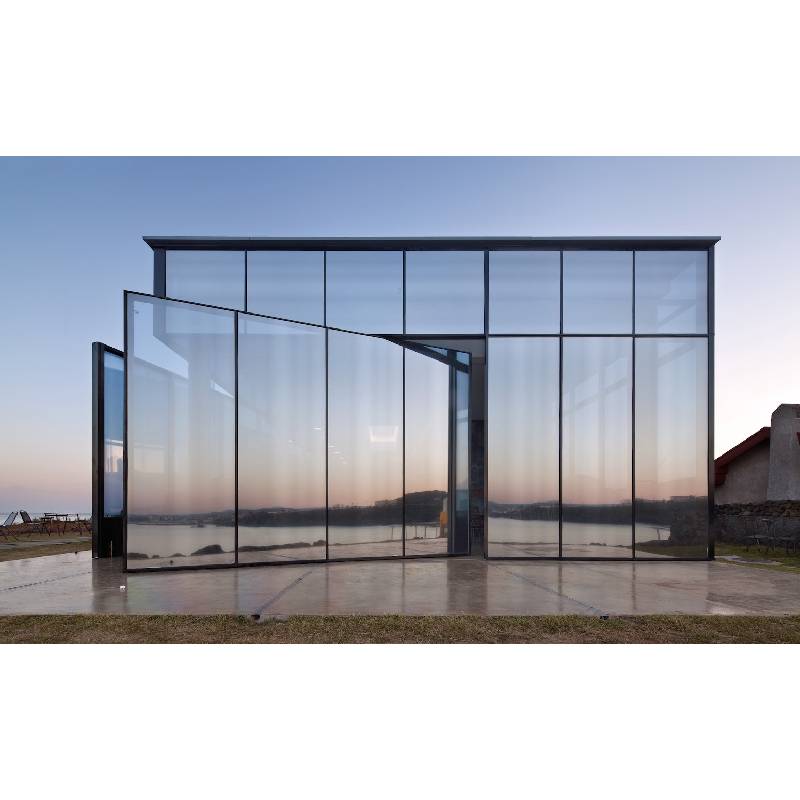

Understanding the Costs of Tempered Glass A Comprehensive Overview
Tempered glass, also known as toughened glass, has become an essential material in modern architecture, construction, and various industries due to its enhanced strength and safety features. Compared to standard glass, tempered glass undergoes a unique manufacturing process that involves heating and rapidly cooling to improve its durability. This article will explore the various factors influencing the cost of tempered glass, helping you understand the financial implications of this popular material.
Production Process and Its Impact on Cost
The process of manufacturing tempered glass is more complex and energy-intensive than that of standard glass. First, the glass is cut to size and then heated to temperatures of approximately 600 degrees Celsius (about 1112 degrees Fahrenheit). It is then rapidly cooled using air jets. This quenching process alters the glass’s internal structure, increasing its strength and making it more resistant to thermal stress.
The elevated production costs associated with this process are a significant factor in the price of tempered glass. Additionally, the need for specialized equipment and skilled labor to handle the glass safely further contributes to the overall cost. These manufacturing considerations must be taken into account when budgeting for construction or renovation projects that utilize tempered glass.
Factors Influencing the Price of Tempered Glass
1. Thickness and Size One of the most significant determinants of the cost of tempered glass is its thickness and size. The thicker the glass, the more materials are required, and the higher the price. Additionally, larger panels of tempered glass increase the complexity of handling and installation, leading to higher labor costs.
2. Type and Quality Tempered glass comes in various types, including clear, tinted, and low-iron glass. Specialty glass types such as laminated or insulating tempered glass can also impact costs. The quality of the raw materials used and the final finish of the glass can significantly influence pricing, as higher-quality materials result in better performance and durability.
3. Custom Fabrication Custom-cut or uniquely shaped tempered glass can incur additional costs. Tailored designs require extra time and expertise during the manufacturing process, contributing to higher prices. If specific features, such as rounded edges or special colors, are required, the costs can increase substantially.

4. Transportation and Handling Given the fragile nature of glass, transportation and handling costs aspect into the total expense. Tempered glass needs to be transported carefully to avoid damage during transit, requiring specialized packaging and additional labor costs. The transportation distance can also influence the overall cost, especially if the glass needs to be shipped internationally.
5. Market Demand and Supply The price of tempered glass can also fluctuate based on market demand and supply dynamics. In periods of high demand, prices may rise due to increased competition among manufacturers and suppliers. Conversely, during economic downturns, a surplus of product can lead to lower prices.
6. Installation Costs In addition to the material costs, installation plays a crucial role in the overall expense of using tempered glass. Hiring skilled labor for installation is essential, as improper handling can lead to breakage. The complexity of the project can also dictate installation costs—larger, more complicated installations will undoubtedly cost more.
The Value Proposition of Tempered Glass
While the initial investment in tempered glass might be higher than standard glass, its long-term benefits often justify the cost. Tempered glass provides increased safety, as it shatters into small, blunt pieces rather than sharp shards, reducing the risk of injury. Additionally, its enhanced durability can lead to reduced replacement costs and less frequent maintenance.
Moreover, when used in energy-efficient designs, tempered glass can contribute to lower heating and cooling costs, enhancing the sustainability of a building. Its versatility allows it to be used in various applications, from residential windows to commercial facades, making it a smart investment for many projects.
Conclusion
When considering the cost of tempered glass, it's essential to account for various influencing factors, including production processes, size, quality, and installation costs. While the price may be higher than standard glass, the advantages of using tempered glass—such as safety, durability, and energy efficiency—make it a valuable material choice in modern construction and design. Understanding these costs can help you make informed decisions for your building projects, ultimately leading to lasting benefits and value.